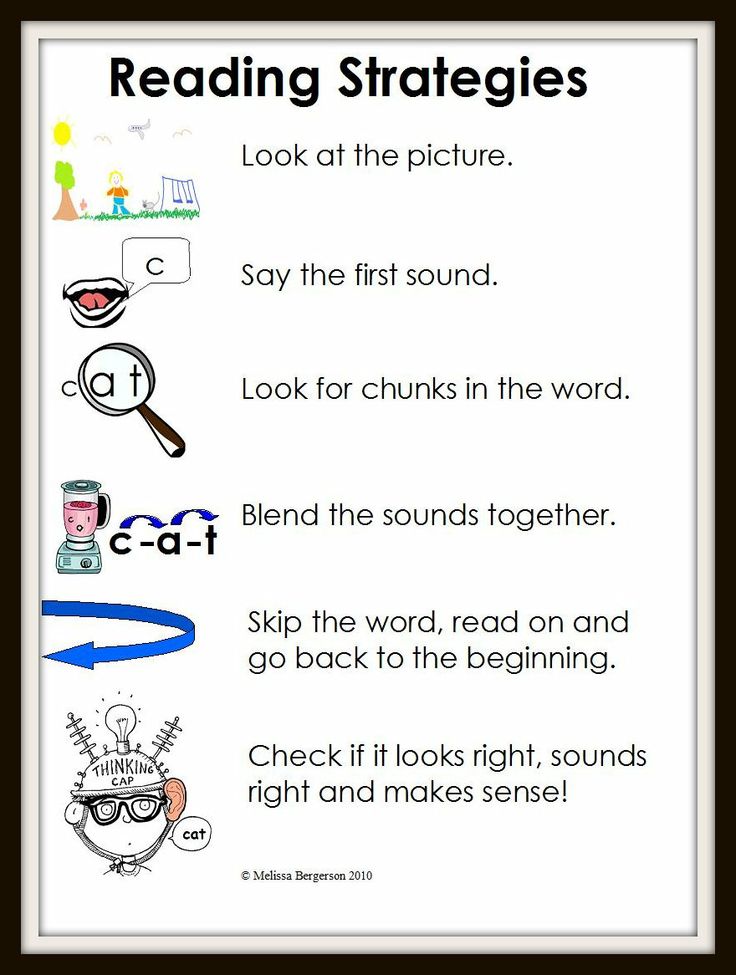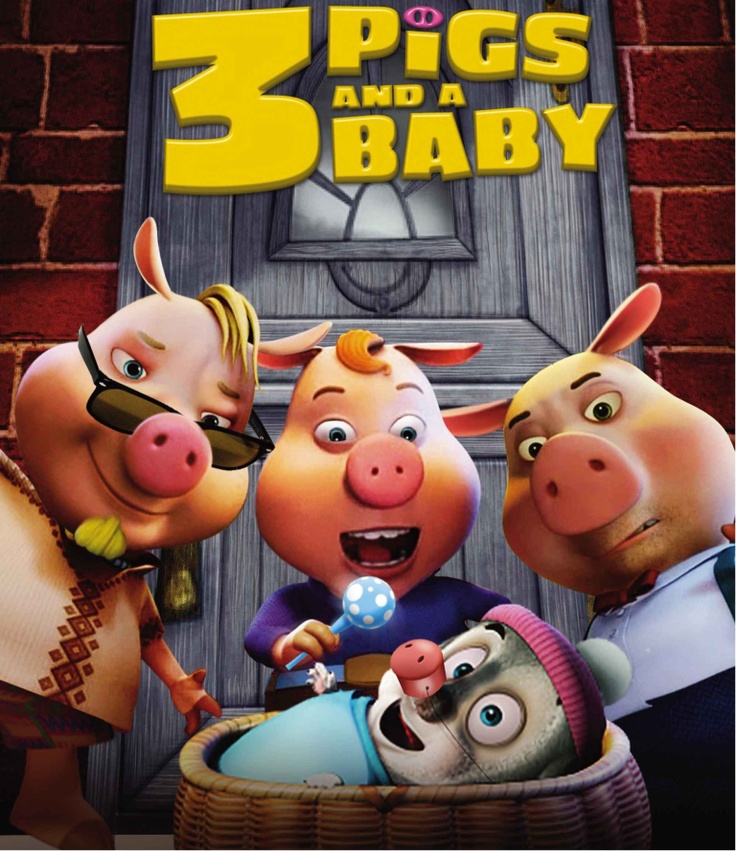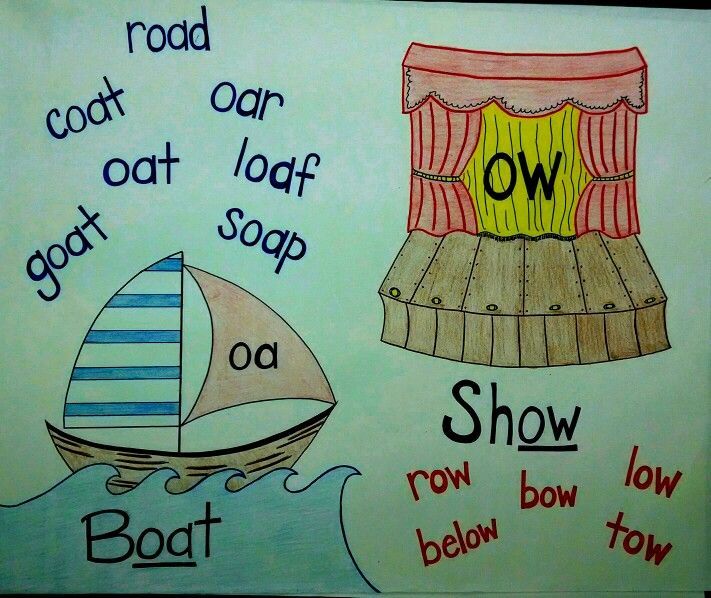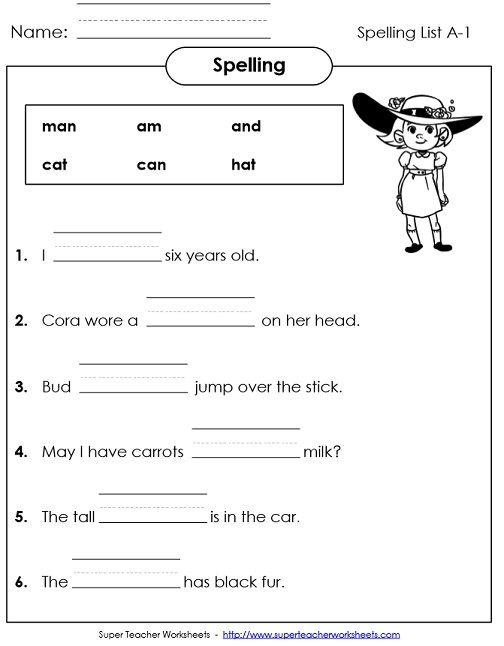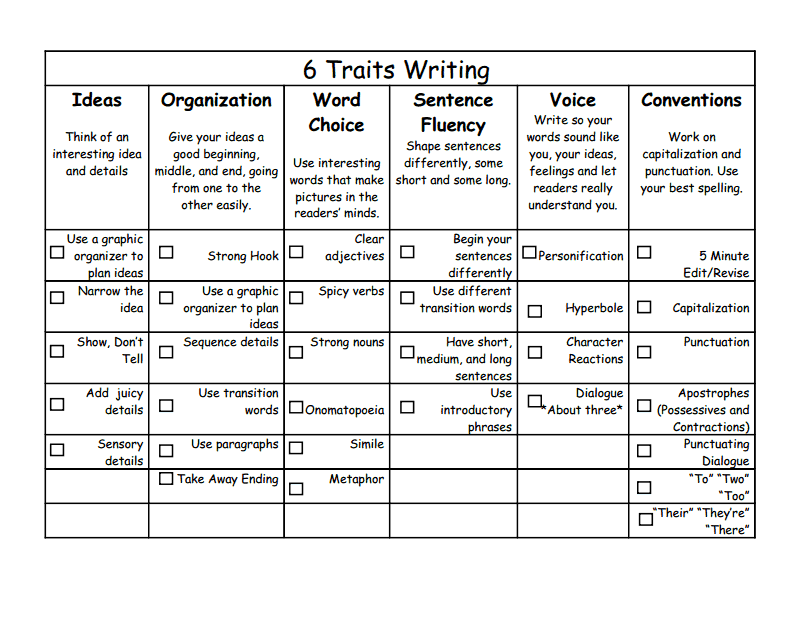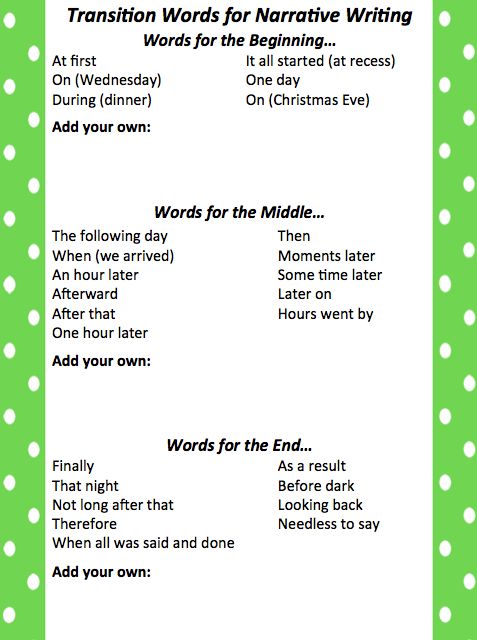Good reader strategies
Teach the Seven Strategies of Highly Effective Readers
To assume that one can simply have students memorize and routinely execute a set of strategies is to misconceive the nature of strategic processing or executive control. Such rote applications of these procedures represents, in essence, a true oxymoron-non-strategic strategic processing.
— Alexander and Murphy (1998, p. 33)
If the struggling readers in your content classroom routinely miss the point when “reading” content text, consider teaching them one or more of the seven cognitive strategies of highly effective readers. Cognitive strategies are the mental processes used by skilled readers to extract and construct meaning from text and to create knowledge structures in long-term memory. When these strategies are directly taught to and modeled for struggling readers, their comprehension and retention improve.
Struggling students often mistakenly believe they are reading when they are actually engaged in what researchers call mindless reading (Schooler, Reichle, & Halpern, 2004), zoning out while staring at the printed page. The opposite of mindless reading is the processing of text by highly effective readers using cognitive strategies. These strategies are described in a fascinating qualitative study that asked expert readers to think aloud regarding what was happening in their minds while they were reading. The lengthy scripts recording these spoken thoughts (i.e., think-alouds) are called verbal protocols (Pressley & Afflerbach, 1995). These protocols were categorized and analyzed by researchers to answer specific questions, such as, What is the influence of prior knowledge on expert readers’ strategies as they determine the main idea of a text? (Afflerbach, 1990b).
The protocols provide accurate “snapshots” and even “videos” of the ever-changing mental landscape that expert readers construct during reading. Researchers have concluded that reading is “constructively responsive-that is, good readers are always changing their processing in response to the text they are reading” (Pressley & Afflerbach, 1995, p.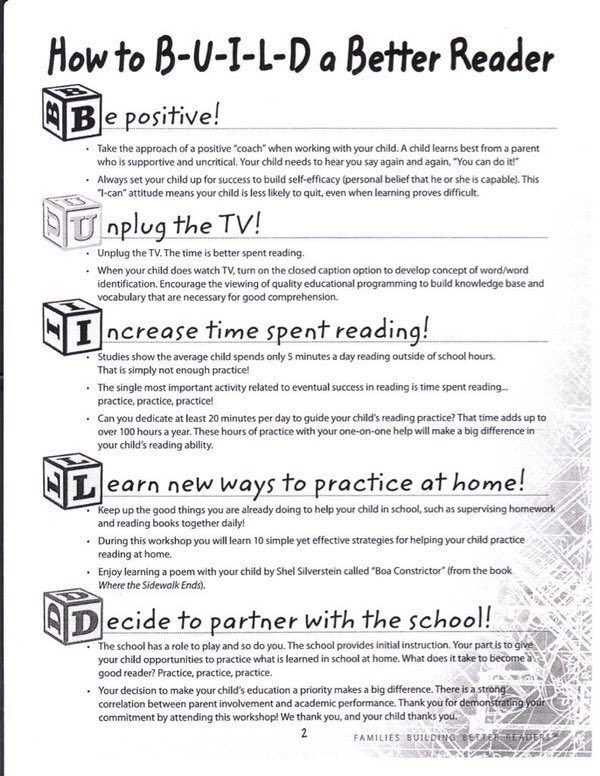 2). Instructional Aid 1.1 defines the seven cognitive strategies of highly effective readers, and Instructional Aid 1.2 provides a lesson plan template for teaching a cognitive strategy.
2). Instructional Aid 1.1 defines the seven cognitive strategies of highly effective readers, and Instructional Aid 1.2 provides a lesson plan template for teaching a cognitive strategy.
Instructional Aid 1.1: Seven Strategies of Highly Effective Readers | |
|---|---|
| Strategy | Definition |
| Activating | “Priming the cognitive pump” in order to recall relevent prior knowledge and experiences from long-term memory in order to extract and construct meaning from text |
| Inferring | Bringing together what is spoken (written) in the text, what is unspoken (unwritten) in the text, and what is already known by the reader in order to extract and construct meaning from the text |
| Monitoring-Clarifying | Thinking about how and what one is reading, both during and after the act of reading, for purposes of determining if one is comprehending the text combined with the ability to clarify and fix up any mix-ups |
| Questioning | Engaging in learning dialogues with text (authors), peers, and teachers through self-questioning, question generation, and question answering |
| Searching-Selecting | Searching a variety of sources in order to select appropriate information to answer questions, define words and terms, clarify misunderstandings, solve problems, or gather information |
| Summarizing | Restating the meaning of text in one’s own words — different words from those used in the original text |
| Visualizing-Organizing | Constructing a mental image or graphic organizer for the purpose of extracting and constructing meaning from the text |
| Download chart » (8K PDF)* |
Instructional Aid 1.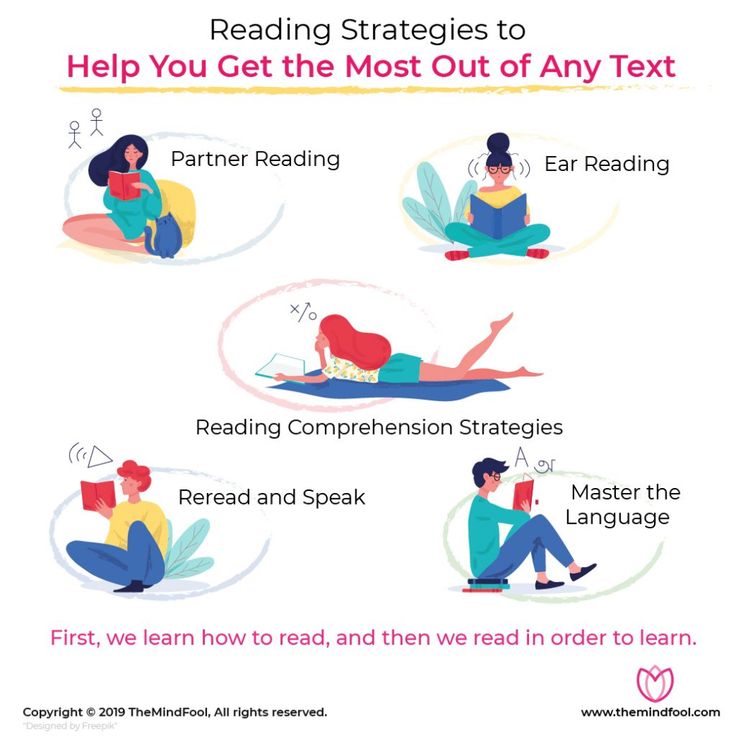 2: A Lesson Template for Teaching Cognitive Strategies 2: A Lesson Template for Teaching Cognitive Strategies |
|
|---|---|
| Steps | Teacher Script |
| 1. Provide direct instruction regarding the cognitive strategy | |
| a. Define and explain the strategy | |
| b. Explain the purpose the strategy serves during reading | |
| c. Describe the critical attributes of the strategy | |
| d. Provide concrete examples/nonexamples of the strategy | |
| 2. Model the strategy by thinking aloud | |
| 3. Facilitate guided practice with students | |
| Download chart » (8K PDF)* |
Instructional Aid 1.3: A Lesson Template for Teaching Summarizing | |
|---|---|
| Lesson Template for Teaching Cognitive Strategies | Lesson Plan for Teaching Summarizing |
1.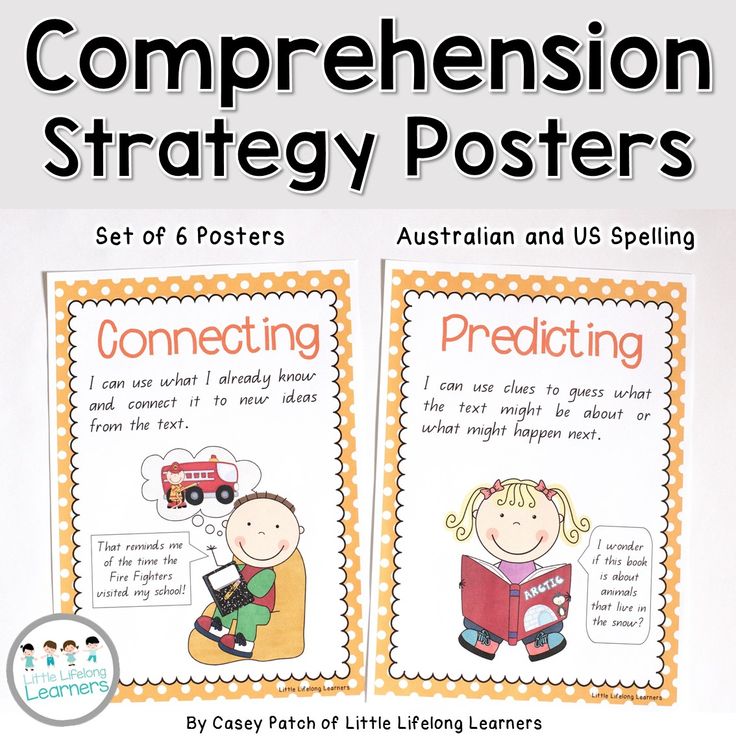 Provide direct instruction regarding the cognitive strategy Provide direct instruction regarding the cognitive strategy | |
| a. Define and explain the strategy. | Summarizing is restating in your own words the meaning of what you have read—using different words from those used in the original text—either in written form or a graphic representation (picture of graphic organizer). |
| b. Explain the purpose the strategy serves during reading | Summarizing enables a reader to determine what is most imporant to remember once the reading is completed. Many things we read have only one or two bid ideas, and it’s important to identify them and restate them for purposed of retention. |
| c. Describe the critical attributes of the strategy. | A summary has the following characteristics. It: –Is short –Is to the point, containing the big idea of the text –Omits trivial information and collapses lists into a word or phrase –Is not a retelling or a “photocopy” of the text |
d.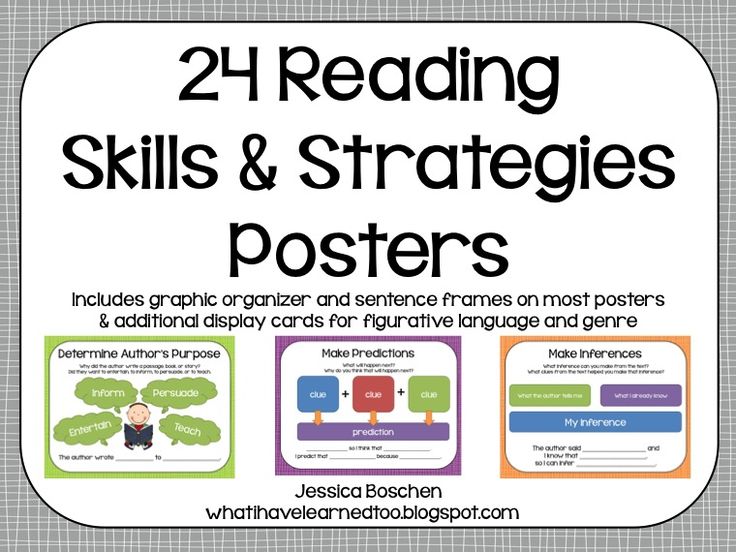 Provide concrete examples/nonexamples of the strategy. Provide concrete examples/nonexamples of the strategy. | Examples of good summaries might inlude the one-sentence book summaries from The New York Times Bestsellers List, an obituary of a famous person, or a report of a basketball or football game that captures the highlights. The mistakes that students commonly make when writing summaries can be more readily avoided by showing students excellent nonexamples (e.g., a paragraph that is too long, has far too many details, or is a complete retelling of the text rather than a statement of the main idea. |
| 2. Model the strategy by thinking aloud. | Thinking aloud is a metacognitive activity in which teachers reflect on their behaviors, thoughts, and attitudes regarding what they have read and then speak their thoughts aloud for students. Choose a section of relatively easy text from your discipline and think aloud as you read it, and then also think aloud about how you would go about summarizing it — then do it.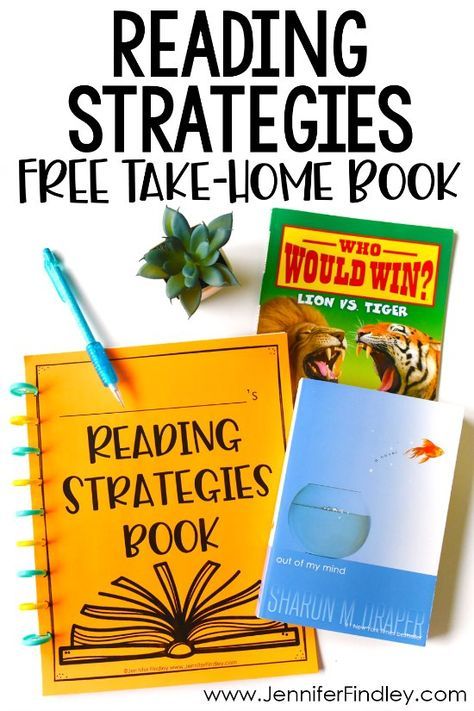 |
| 3. Facilitate guided practice with students. | Using easy-to-read content text, read aloud and generate a summary together with the whole class. Using easy-to-read content text, ask students to read with partners and create a summary together. One students are writing good summaries as partners, assign text and expect students to read it and generate summaries independently. |
| Download chart » (9K PDF)* |
McEwan, 2004. 7 Strategies of Highly Effective Readers: Using Cognitive Research to Boost K-8 Achievement. Wood, Woloshyn, & Willoughby, 1995. Cognitive Strategy Instruction for Middle and High Schools.
McEwan, E.K., 40 Ways to Support Struggling Readers in Content Classrooms. Grades 6-12, pp.1-6, copyright 2007 by Corwin Press. Reprinted by permission of Corwin Press, Inc.
Strategies for Reading Comprehension :: Read Naturally, Inc.
Comprehension: The Goal of Reading
Comprehension, or extracting meaning from what you read, is the ultimate goal of reading.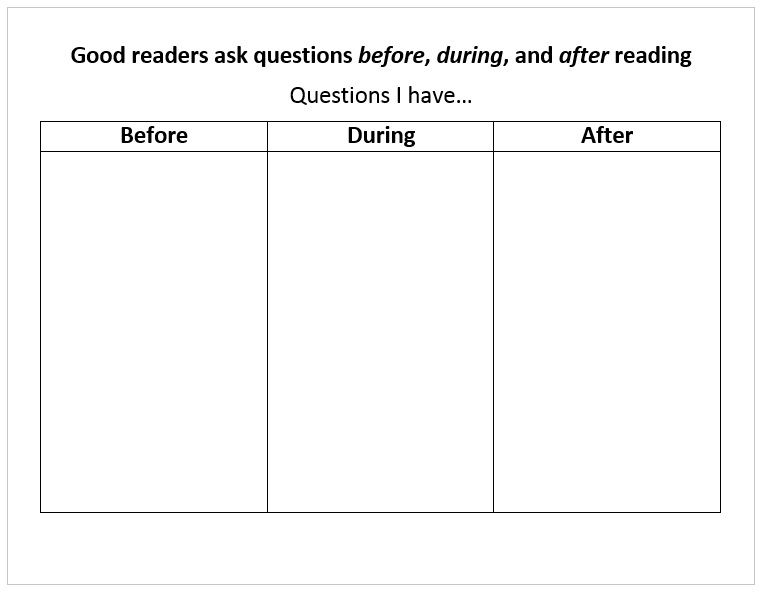 Experienced readers take this for granted and may not appreciate the reading comprehension skills required. The process of comprehension is both interactive and strategic. Rather than passively reading text, readers must analyze it, internalize it and make it their own.
Experienced readers take this for granted and may not appreciate the reading comprehension skills required. The process of comprehension is both interactive and strategic. Rather than passively reading text, readers must analyze it, internalize it and make it their own.
In order to read with comprehension, developing readers must be able to read with some proficiency and then receive explicit instruction in reading comprehension strategies (Tierney, 1982).
Strategies for reading comprehension in Read Naturally programs
General Strategies for Reading Comprehension
The process of comprehending text begins before children can read, when someone reads a picture book to them. They listen to the words, see the pictures in the book, and may start to associate the words on the page with the words they are hearing and the ideas they represent.
In order to learn comprehension strategies, students need modeling, practice, and feedback. The key comprehension strategies are described below.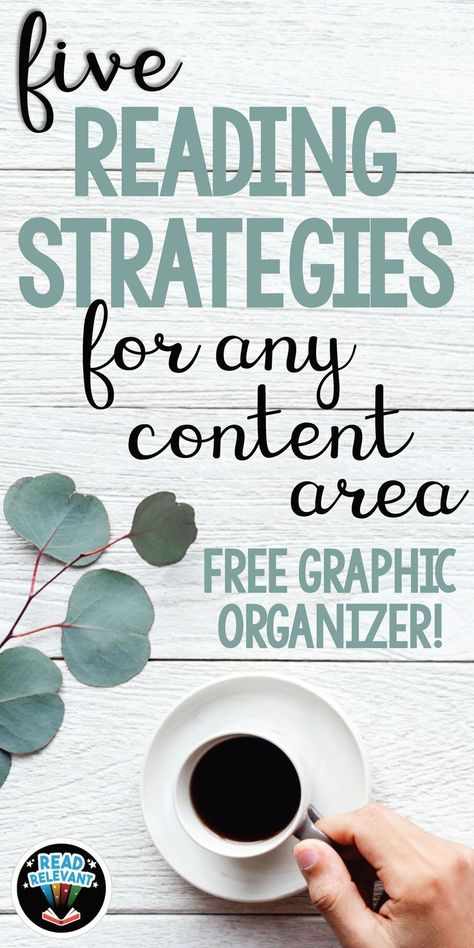
Using Prior Knowledge/Previewing
When students preview text, they tap into what they already know that will help them to understand the text they are about to read. This provides a framework for any new information they read.
Predicting
When students make predictions about the text they are about to read, it sets up expectations based on their prior knowledge about similar topics. As they read, they may mentally revise their prediction as they gain more information.
Identifying the Main Idea and Summarization
Identifying the main idea and summarizing requires that students determine what is important and then put it in their own words. Implicit in this process is trying to understand the author’s purpose in writing the text.
Questioning
Asking and answering questions about text is another strategy that helps students focus on the meaning of text. Teachers can help by modeling both the process of asking good questions and strategies for finding the answers in the text.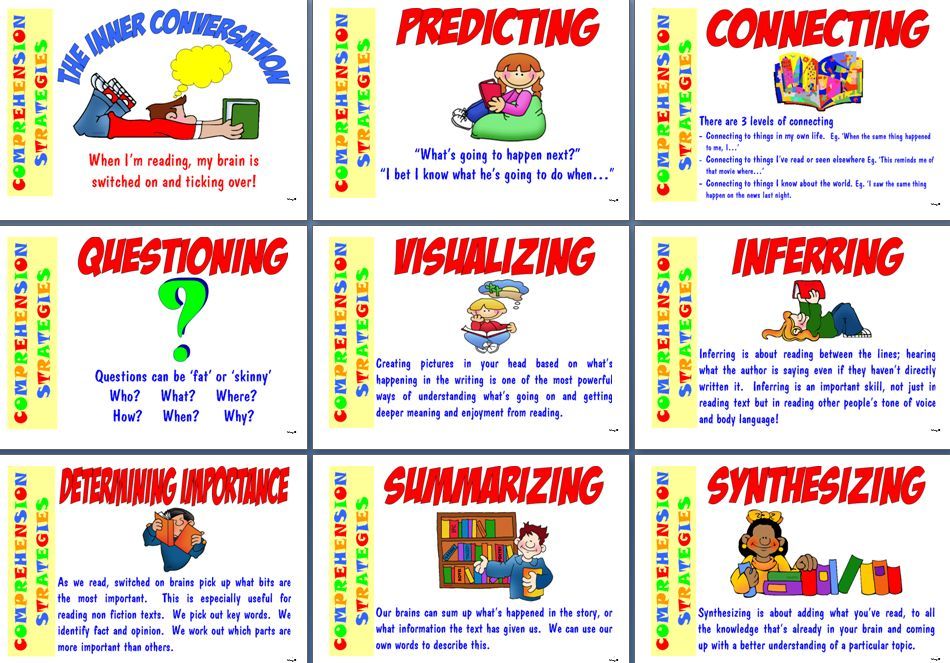
Making Inferences
In order to make inferences about something that is not explicitly stated in the text, students must learn to draw on prior knowledge and recognize clues in the text itself.
Visualizing
Studies have shown that students who visualize while reading have better recall than those who do not (Pressley, 1977). Readers can take advantage of illustrations that are embedded in the text or create their own mental images or drawings when reading text without illustrations.
Strategies for Reading Comprehension: Narrative Text
Narrative text tells a story, either a true story or a fictional story. There are a number of strategies that will help students understand narrative text.
Story Maps
Teachers can have students diagram the story grammar of the text to raise their awareness of the elements the author uses to construct the story. Story grammar includes:
- Setting: When and where the story takes place (which can change over the course of the story).

- Characters: The people or animals in the story, including the protagonist (main character), whose motivations and actions drive the story.
- Plot: The story line, which typically includes one or more problems or conflicts that the protagonist must address and ultimately resolve.
- Theme: The overriding lesson or main idea that the author wants readers to glean from the story. It could be explicitly stated as in Aesop’s Fables or inferred by the reader (more common).
Printable story map (blank)
Retelling
Asking students to retell a story in their own words forces them to analyze the content to determine what is important. Teachers can encourage students to go beyond literally recounting the story to drawing their own conclusions about it.
Prediction
Teachers can ask readers to make a prediction about a story based on the title and any other clues that are available, such as illustrations. Teachers can later ask students to find text that supports or contradicts their predictions.
Teachers can later ask students to find text that supports or contradicts their predictions.
Answering Comprehension Questions
Asking students different types of questions requires that they find the answers in different ways, for example, by finding literal answers in the text itself or by drawing on prior knowledge and then inferring answers based on clues in the text.
Strategies for Reading Comprehension: Expository Text
Expository text explains facts and concepts in order to inform, persuade, or explain.
The Structure of Expository Text
Expository text is typically structured with visual cues such as headings and subheadings that provide clear cues as to the structure of the information. The first sentence in a paragraph is also typically a topic sentence that clearly states what the paragraph is about.
Expository text also often uses one of five common text structures as an organizing principle:
- Cause and effect
- Problem and solution
- Compare and contrast
- Description
- Time order (sequence of events, actions, or steps)
Teaching these structures can help students recognize relationships between ideas and the overall intent of the text.
Main Idea/Summarization
A summary briefly captures the main idea of the text and the key details that support the main idea. Students must understand the text in order to write a good summary that is more than a repetition of the text itself.
K-W-L
There are three steps in the K-W-L process (Ogle, 1986):
- What I Know: Before students read the text, ask them as a group to identify what they already know about the topic. Students write this list in the “K” column of their K-W-L forms.
- What I Want to Know: Ask students to write questions about what they want to learn from reading the text in the “W” column of their K-W-L forms. For example, students may wonder if some of the “facts” offered in the “K” column are true.
- What I Learned: As they read the text, students should look for answers to the questions listed in the “W” column and write their answers in the “L” column along with anything else they learn.

After all of the students have read the text, the teacher leads a discussion of the questions and answers.
Printable K-W-L chart (blank)
Graphic Organizers
Graphic organizers provide visual representations of the concepts in expository text. Representing ideas and relationships graphically can help students understand and remember them. Examples of graphic organizers are:
Tree diagrams that represent categories and hierarchies
Tables that compare and contrast data
Time-driven diagrams that represent the order of events
Flowcharts that represent the steps of a process
Teaching students how to develop and construct graphic organizers will require some modeling, guidance, and feedback. Teachers should demonstrate the process with examples first before students practice doing it on their own with teacher guidance and eventually work independently.
Strategies for Reading Comprehension in Read Naturally Programs
Several Read Naturally programs include strategies that support comprehension:
| Read Naturally Intervention Program | Strategies for Reading Comprehension | |||
|---|---|---|---|---|
| Prediction Step | Retelling Step | Quiz / Comprehension Questions | Graphic Organizers | |
| Read Naturally Live:
| ✔ | ✔ |
| |
| Read Naturally Encore:
| ✔ | ✔ |
| |
| Read Naturally GATE:
| ✔ | ✔ |
| |
| One Minute Reader Live:
|
| |||
| One Minute Reader Books/CDs:
|
| |||
| Take Aim at Vocabulary: A print-based program with audio CDs that teaches carefully selected target words and strategies for independently learning unknown words. Students work mostly independently or in teacher-led small groups of up to six students.
|
| ✔ | ||
Bibliography
Honig, B.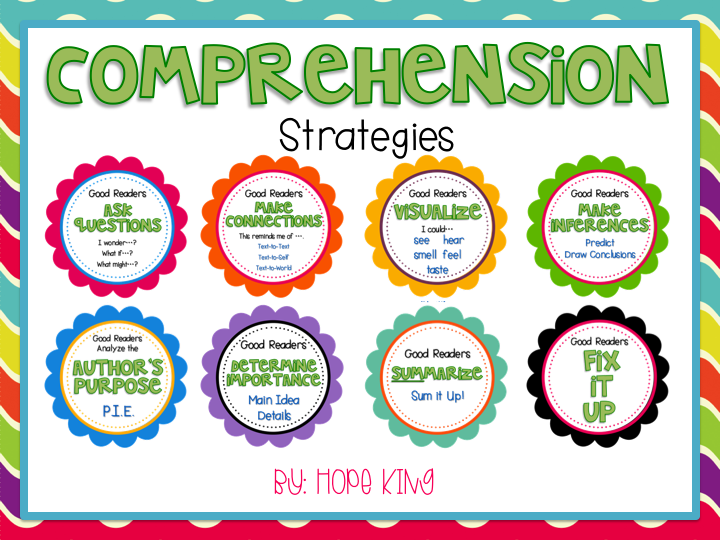 , L. Diamond, and L. Gutlohn. (2013). Teaching reading sourcebook, 2nd ed. Novato, CA: Arena Press.
, L. Diamond, and L. Gutlohn. (2013). Teaching reading sourcebook, 2nd ed. Novato, CA: Arena Press.
Ogle, D. M. (1986). K-W-L: A teaching model that develops active reading of expository text. The Reading Teacher 38(6), pp. 564–570.
Pressley, M. (1977). Imagery and children’s learning: Putting the picture in developmental perspective. Review of Educational Research 47, pp. 586–622.
Tierney, R. J. (1982). Essential considerations for developing basic reading comprehension skills. School Psychology Review 11(3), pp. 299–305.
Strategies for meaningful reading
The problem of teaching reading is one of the main issues facing pedagogy. According to experts, the current situation in Russia can be defined as a systemic crisis in the reader's culture.
Today, reading, along with writing and computer skills, is one of the basic skills that make it possible to work productively and communicate freely with different people. But it is not enough to teach a student to read, it is not enough to form and develop his reading technique skills, it is necessary to create such conditions that the student wants to read, gradually comprehending the complex forms of the text, so that his reading competence is formed and developed, and so that he becomes a person who owns the culture of reading.
But it is not enough to teach a student to read, it is not enough to form and develop his reading technique skills, it is necessary to create such conditions that the student wants to read, gradually comprehending the complex forms of the text, so that his reading competence is formed and developed, and so that he becomes a person who owns the culture of reading.
Semantic reading includes the ability to comprehend the goals and objectives of reading, the ability to find and extract information from various texts, the ability to work with fiction, popular science, official texts, the ability to understand and adequately evaluate information from a text. To do this, it is not enough just to read the text, it is necessary to understand the content of the text as accurately and fully as possible, to catch all the details and practically comprehend the extracted information, which is the purpose of semantic reading. Semantic reading is a meta-subject result of mastering the educational program of basic general education.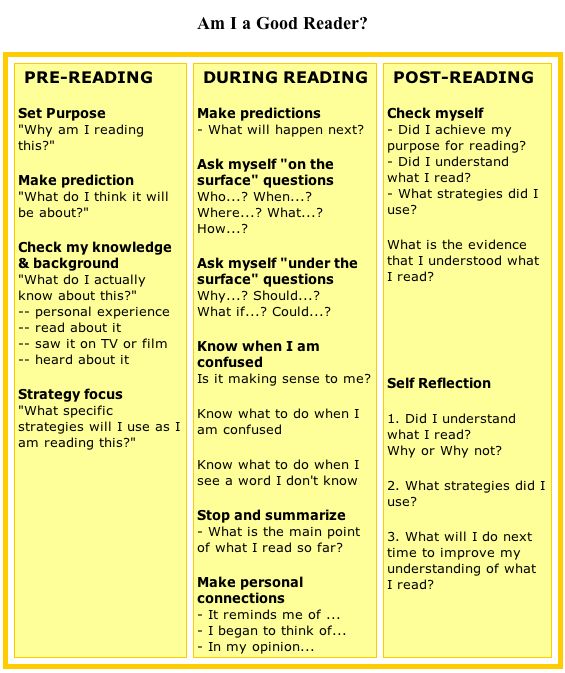
The current interdisciplinary curriculum, provided for by the new educational standards, is the program "Fundamentals of Semantic Reading", which has been tested in the MOU "Secondary School No. points on the Unified State Examination in Russian language and literature, etc.). The content of the program is based on the experience of students working with text in elementary school. In grades 5-6, education is based on scientific, journalistic and artistic texts.
Semantic reading, as a universal action, is formed through the use of the following technologies and forms of work by the teacher: technology of problem-based learning; interactive technologies; critical thinking technologies.
To work with text at each stage, the student must learn to choose their own strategies. Learning strategies are a set of actions that a learner takes to make learning easier and more effective.
If successful, the student remembers the ways of his actions, operations, resources used, transfers the strategy to other situations, makes it universal.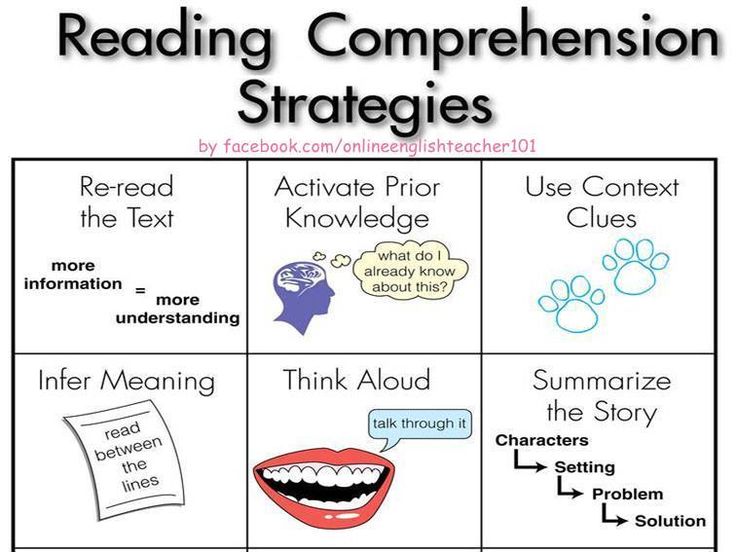 The number of strategies and the frequency of their use are individual.
The number of strategies and the frequency of their use are individual.
All existing reading strategies can be divided into three groups: pre-text activity strategies; strategies for textual activity strategies for post-textual activity. The most important, in my opinion, are the pre-text tasks, the better this stage is organized, the easier it is for the student to read the text and the higher the result achieved.
Consider some of the strategies used on the example of A. Platonov's fairy tale "The Unknown Flower".
PRE-TEXT
1. Competing with a writer
The goal of strategy is to motivate people to read the book.
Quest: Review the illustrations and suggest your own version of the book's plot.
2. Brainstorming
The goal of strategy is to update prior knowledge and experience relevant to the text.
Task: what associations do you have about the stated topic?
3. Battery of questions
The purpose of strategy is to recall important information related to the topic of the text.
- Who are the pioneers?
- What do children do at summer camp?
- What does it take for a plant to grow? Etc.
4. "Dissection of the Question"
The goal of the strategy is a semantic guess about the possible content of the text based on the analysis of its title.
Task: read the title of the text and divide it into semantic parts. What do you think the text will be about?
TEXT
1. Stop reading
- How did the flower appear in this wasteland? How did he fight hard and not die?
- Did she notice the flower? What do you think happened next?
There lived a small flower in the world. No one knew that he was on earth. He grew up alone in a wasteland; cows and goats did not go there, and the children from the pioneer camp never played there. Grass did not grow in the wasteland, but only old gray stones lay, and between them was dry, dead clay. Only one wind walked through the wasteland; like a grandfather-sower, the wind carried the seeds and sowed them everywhere - both in the black damp earth and on the bare stone wasteland. In the black good earth, flowers and herbs were born from seeds, and in stone and clay, the seeds died. STOP.
No one knew that he was on earth. He grew up alone in a wasteland; cows and goats did not go there, and the children from the pioneer camp never played there. Grass did not grow in the wasteland, but only old gray stones lay, and between them was dry, dead clay. Only one wind walked through the wasteland; like a grandfather-sower, the wind carried the seeds and sowed them everywhere - both in the black damp earth and on the bare stone wasteland. In the black good earth, flowers and herbs were born from seeds, and in stone and clay, the seeds died. STOP.
And then one morning the girl Dasha was walking past that wasteland. She lived with her friends in a pioneer camp, and this morning she woke up and missed her mother. She wrote a letter to her mother and took the letter to the station so that it would reach her sooner. On the way, Dasha kissed the envelope with the letter and envied him that he would see his mother sooner than she did. STOP.
2. Reading silently with questions
The goal of strategy is to teach you to read the text thoughtfully by asking increasingly complex questions.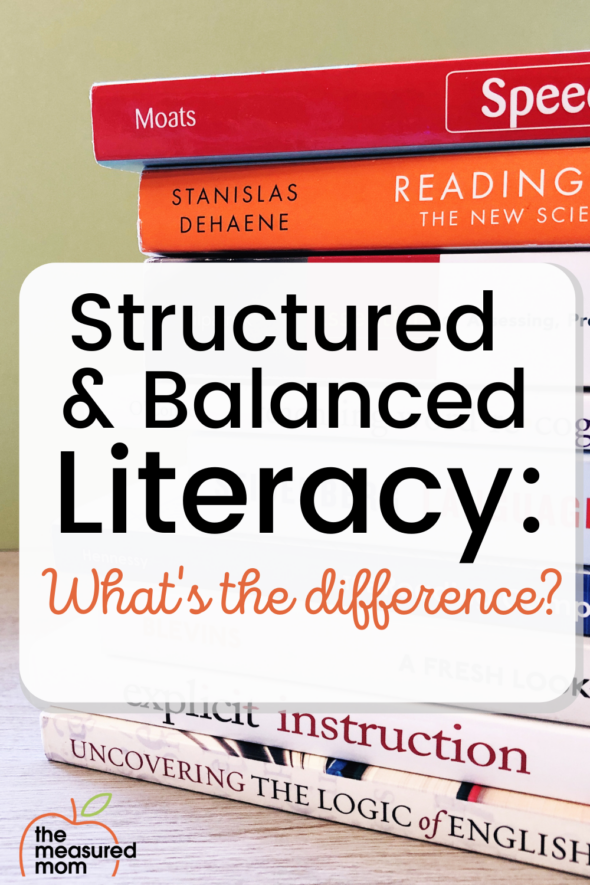
Task for the group: read the first paragraph and ask questions, the rest of the group must answer them.
3. Reading to yourself with notes
While reading the passage, the student makes notes in the text:
- V - already knew;
- + - new;
- - - thought differently;
- ? - I do not understand, there are questions.
4. Reading (alternate aloud)
Our task is to read with understanding, the task of the listeners is to ask the reader questions to check whether he understands the text being read.
POST-TEXT
1. Riddles (content check)
The purpose of this strategy is to test the reader's knowledge of the text of the work.
- Did the unknown flower smell?
- When did the flower open its corolla: at the beginning, middle or end of summer?
2.
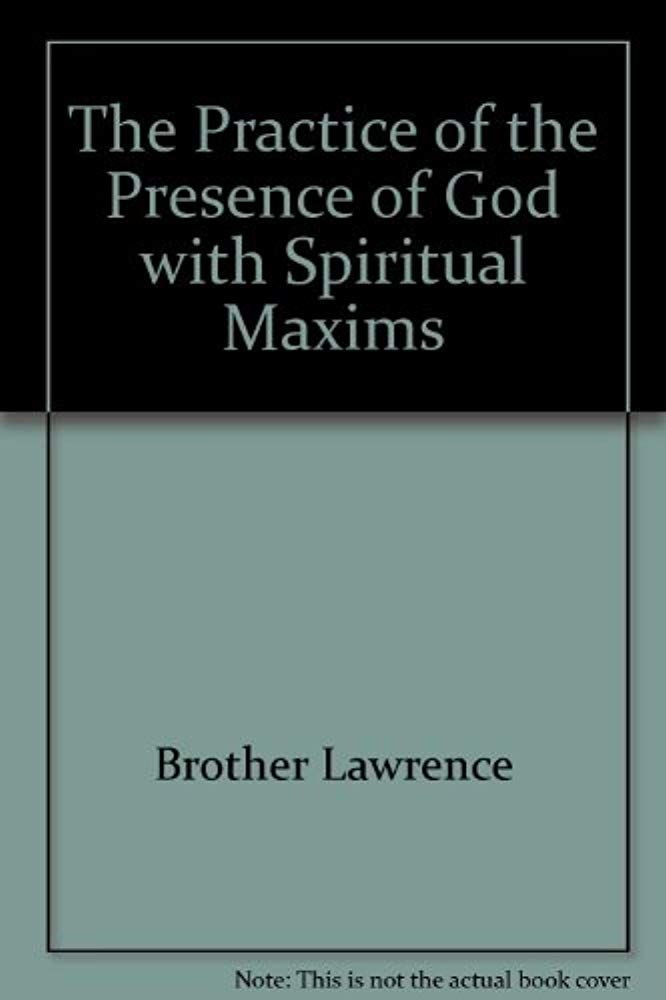 Quotes (who said?)
Quotes (who said?) The purpose of strategy is to draw attention to the linguistic features of the text that characterize the character.
Quest: Match the hero's name with the quote from the book.
| 1. Maybe this flower misses her mother there, like me 2. Nobody calls me | 1. Flower 2. Dasha |
3. Traits of character
The goal of strategy is to teach text interpretation.
Quest: mark the traits that the hero of the book possesses.
| hardworking | reasonable |
4.
 Review, feedback on the text
Review, feedback on the text Plan.
- Where and when events take place.
- Theme and main idea of the work.
- Highlight the places in the work that made the greatest impression.
- Characteristics of the heroes.
- The language of the work.
- Opinion and its rationale.
5. Cinquain (five-line)
The purpose of this strategy is to show one's attitude to the text.
1. Topic (word, concept)
FLOWER
2. Two adjectives showing relation to the topic
BEAUTIFUL, STRONG
3. Three verbs
BREAKING, FLOWERING, REBIRTHING
4. A four-word sentence
TOMORROW WILL BE A NEW LIFE
5. Synonym for the concept or emotional attitude to the topic
Synonym for the concept or emotional attitude to the topic
FIGHTER
In conclusion, I would like to emphasize that semantic reading forms cognitive interest, activates the imagination, develops speech, thinking, and also teaches how to work with information. The introduction of semantic reading strategies and technologies by teachers of various academic disciplines will make students full members of the information society.
Best strategy games for PC, top best strategy games for PC 2021
Remaining strength after solving a large number of strategies important work tasks? It's time to show off your mind in games. What? Of course, strategic.
Strategy has historically been a genre not only for people who like to think, but also for those who want to relax as much as possible. There is nothing better than making delicious tea or coffee, and spend several hours enjoying a calm and measured gameplay.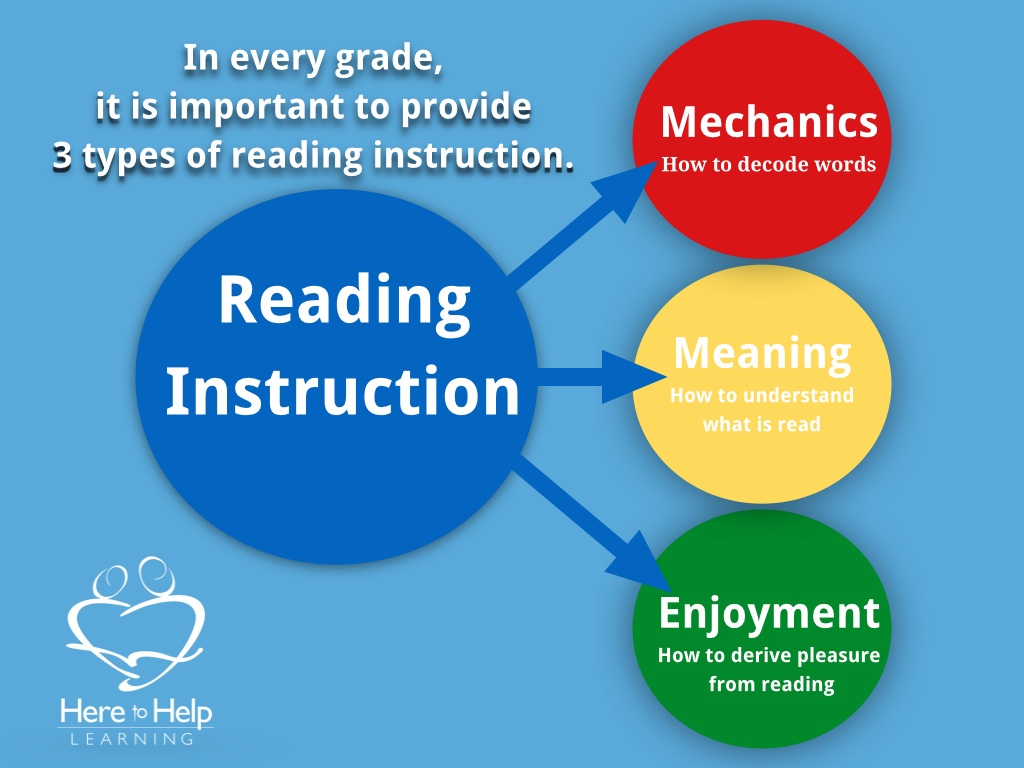 Strategies are food for thought. And here's how to back it up.
Strategies are food for thought. And here's how to back it up.
Might and Magic: Heroes III. Restoration of Erathia HD Edition
View product
Release date: 1999
Platform: PC
Astrologers have announced the Eldorado week, the number of shares has doubled. If a you understand the joke, then be sure to look in the mirror, maybe it's time to do something with your gray hair. If not, then buy the game and get ready to amazing adventures in the world of the third "Heroes". This is probably one of the most "Russified" games in the entire history of the industry. No man which at the end of 90s and early 2000s did not click his tongue to the beat of a galloping map horses with a powerful hero in the saddle. Gather an army, resources, rebuild a castle and fight, until you capture everyone!
Company of Heroes
View product
Release date: 2006
Platform: PC
For a while, World War II games were extremely popular.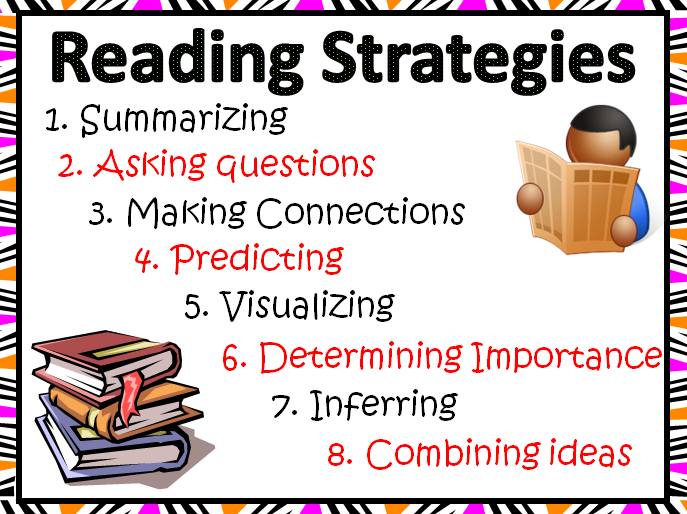 To shooters in the style of Call of DSuty and Medal of Honor, various simulators were added, for example, "IL-2", as well as strategies. Company of Heroes was one of them.
To shooters in the style of Call of DSuty and Medal of Honor, various simulators were added, for example, "IL-2", as well as strategies. Company of Heroes was one of them.
The game offers to take control of the forces of the US army, which lands in Normandy with the aim of attacking the Nazis on the Western Front. You need to manage the soldiers, point what positions to fire and occupy, erect military buildings, call for tanks, and so Further. You are the commander in chief, who must complete the task and win in the war.
Homeworld
View product
Release date: 2015 (reissue, original game released in 1999)
Platform: PC
Since most of us don't have Bezos and Musk last names, then the only way to go into space is with the help of video games. For example, homeworld! This is a large-scale space strategy in which you can collect resources, build ships, research new technologies and participate in large-scale wars.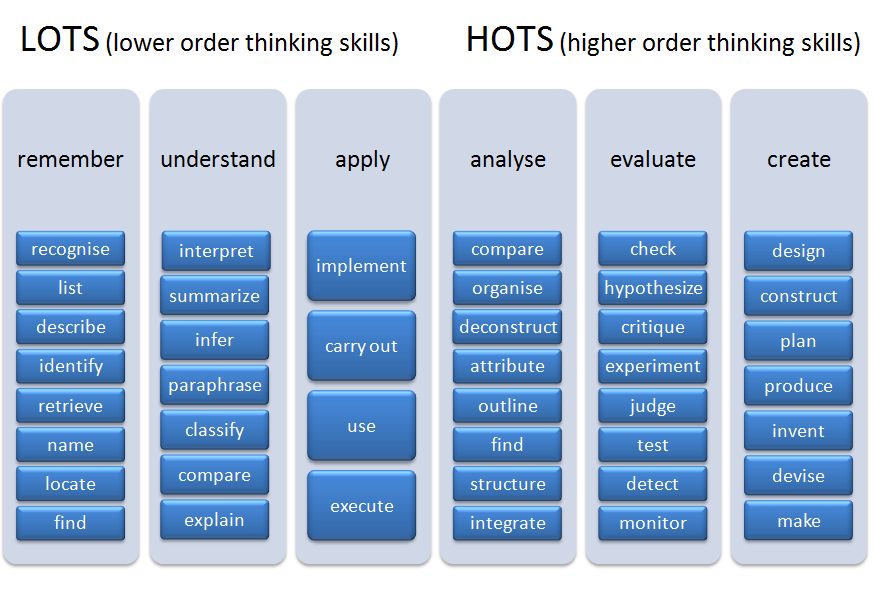
The game features an incredible scale of what is happening. You can move the map so far away that your troops even will not be visible! And space battles are so bright and exciting that you can tear yourself away from playing Homeworld will be possible only when the rumbling of the stomach starts to cause local earth tremors.
Rome: Total War
View product
Release date: 2021
Platform: PC
A remaster of one of the most epic strategies in the Total War franchise. Players as it should from the name (did you think it was deceiving you?) will go to Ancient Rome. Game The process is divided into strategic and tactical. Most of the time players will spend on the global map, managing various cities. You can build different buildings in them, communicate with diplomats, spies, make important tax decisions and raise troops.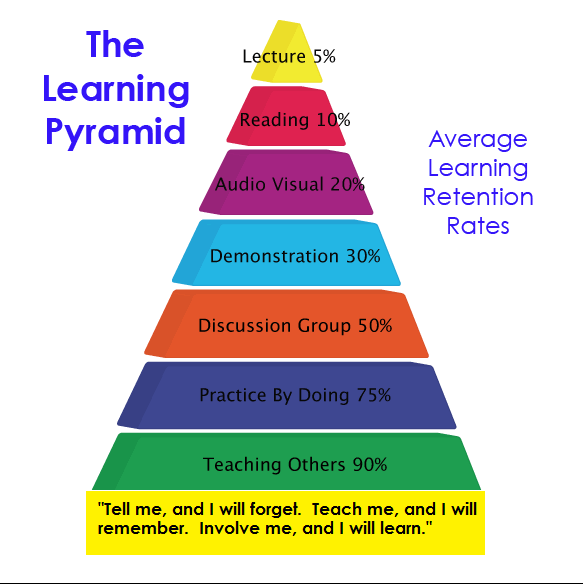 But the “softness” of the game is in large-scale battles. Hundreds of soldiers with lances shields, shouting something about "for the motherland, for Caesar" and fighting with opponents. A truly epic spectacle that will never be forgotten.
But the “softness” of the game is in large-scale battles. Hundreds of soldiers with lances shields, shouting something about "for the motherland, for Caesar" and fighting with opponents. A truly epic spectacle that will never be forgotten.
Age of Empires II: The Age of Kings
View product
Release date: 1999 (reissue released in 2019)
Platform: PC
Age of Empires is another historical game in every sense. It is a classic type of strategy, in which players need to build various buildings in order to improve the life of your nation. Houses for peasants, sawmills for wood miners, quarries for those who cuts stone, barracks for soldiers, and so on. We build, saw, collect resources and fight. What, It would seem that it could be easier!
Crusader Kings III
View product
Release date: 2020
Platform: PC
think for almost an hour.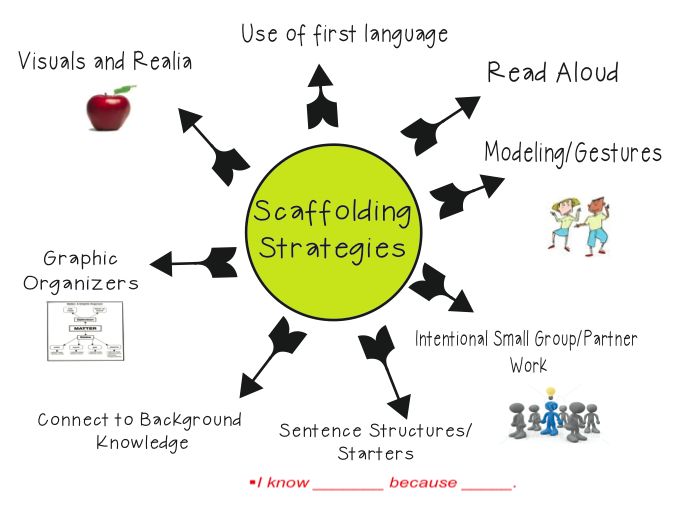 There are too many things to decide during this time! Send a spy to a neighboring state, find a wife for a young heir, seduce a wife distant kingdom for the sake of possessions, gather an army for a crusade, learn the terrible secrets of their subordinates, eat the Pope. Wait, what? Yes, in Crusader Kings 3 you can found a decent (or not) a state whose ruler will be a cannibal. And one player even succeeded devour the Pope.
There are too many things to decide during this time! Send a spy to a neighboring state, find a wife for a young heir, seduce a wife distant kingdom for the sake of possessions, gather an army for a crusade, learn the terrible secrets of their subordinates, eat the Pope. Wait, what? Yes, in Crusader Kings 3 you can found a decent (or not) a state whose ruler will be a cannibal. And one player even succeeded devour the Pope.
A truly unique game, each passage of which will be radically different from the previous one.
Total War: Warhammer II
View product
Release date: 2017
Platform: PC
Another Total War game that we wrote about earlier. But now the authors crossed it with one of the greatest board games - Warhammer 40,000. To to describe its world and history, we will need several days of continuous work, it is so rich in incredible stories.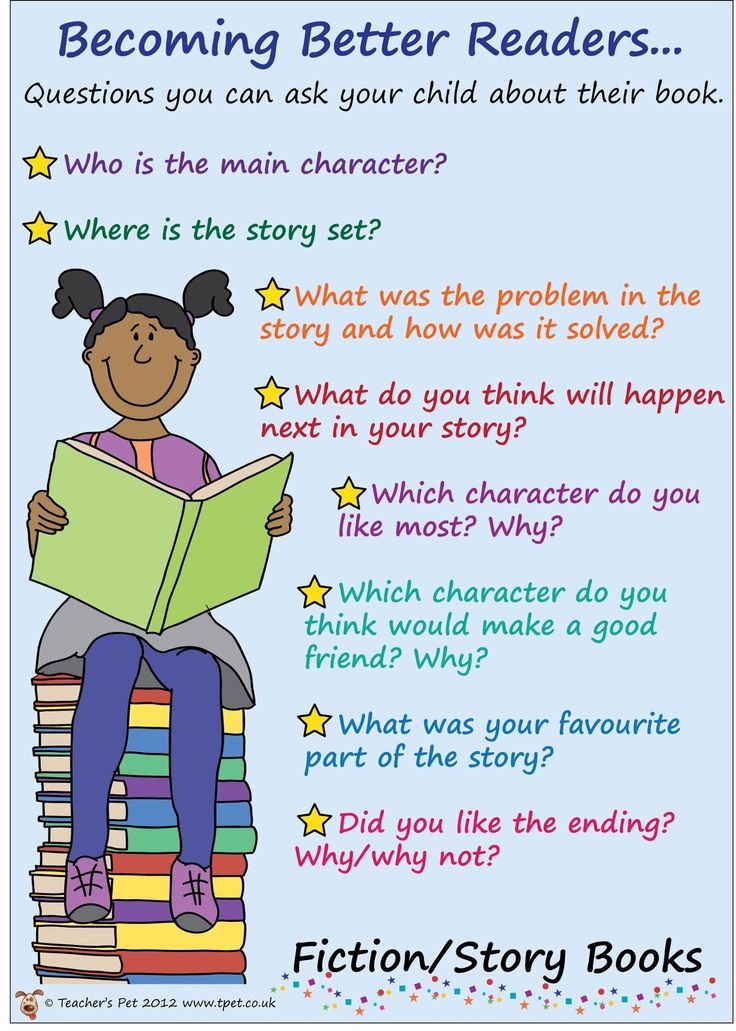 For example, in this strategy we are talking about the New light - a universe in the genre of dark fantasy with lizardmen, supreme and dark elves, as well as intelligent rodent-like creatures. One of the real Superman's favorite games and Witcher Geralt - actor Henry Cavill. He played Total for days on end War: Warhammer 2 and talked about it in an interview. In addition to 2020 the developers even added a character to the game in his honor.
For example, in this strategy we are talking about the New light - a universe in the genre of dark fantasy with lizardmen, supreme and dark elves, as well as intelligent rodent-like creatures. One of the real Superman's favorite games and Witcher Geralt - actor Henry Cavill. He played Total for days on end War: Warhammer 2 and talked about it in an interview. In addition to 2020 the developers even added a character to the game in his honor.
King's Bounty: The Legend
View product
Release date: 2008
Platform: PC
Cult fantasy tactical strategy, whose roots go back to the 90s. Is progenitor of "Heroes", but the difference is that here the emphasis is on not to develop your castle and search for resources, but to explore, adventure and gathering an army.
The player rides on a faithful horse, controlling the hero and watching him with a camera with top view.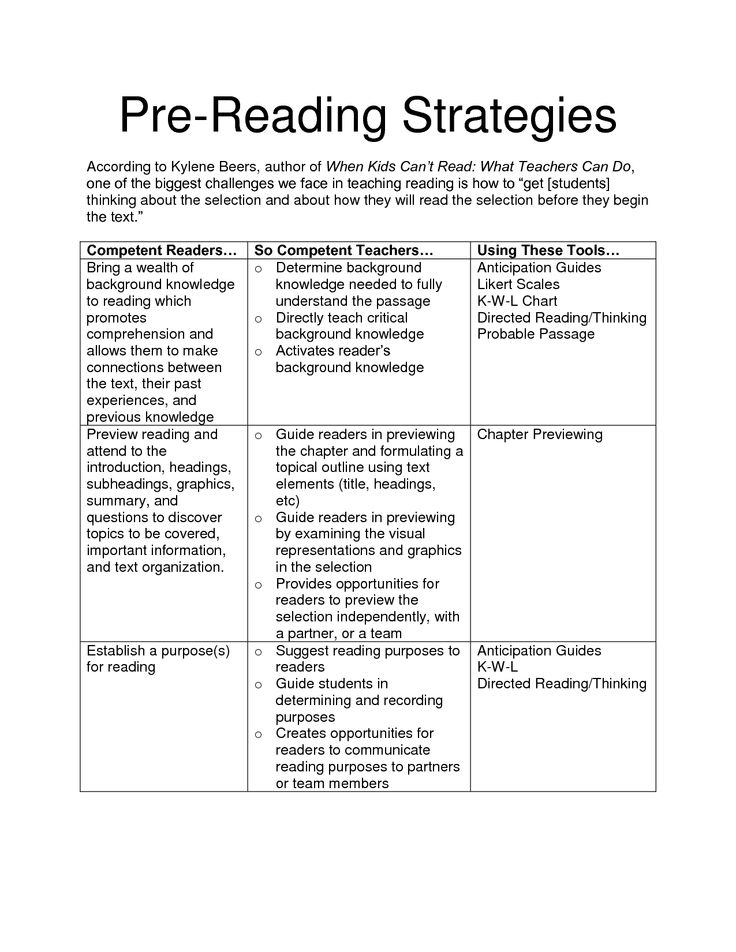 On the way there are people who give out the task, as well as monsters, who need to be fought. The battle takes place on the battlefield, divided into cells. Need arrange characters, use attacking techniques and magic.
On the way there are people who give out the task, as well as monsters, who need to be fought. The battle takes place on the battlefield, divided into cells. Need arrange characters, use attacking techniques and magic.
King's Bounty: Armored Princess
View product
Release date: 2009
Platform: PC
A new part of King's Bounty, in which you will play as Princess Amelie. She went to Teana's world in search of a famous knight and her mentor Bill Gilbert.
This War of Mine
View product
Release date: 2014
Platform: PC
This game belongs to the genre of survival simulator rather than strategy. Players take control of civilians who are trying to stay alive in a city engulfed civil war. They gather in a multi-storey building that the player can really upgrade important things: sleeping places, stove and so on. The most important thing is management resources such as water, medicines. Events in the game occur randomly, so each the new game will be different from the previous one. Characters can be friendly or hostile, and the siege of the city in which you need to survive, become shorter or longer.
The most important thing is management resources such as water, medicines. Events in the game occur randomly, so each the new game will be different from the previous one. Characters can be friendly or hostile, and the siege of the city in which you need to survive, become shorter or longer.
Command & Conquer Remastered Collection
View product
Release date: 2020
Platform: PC
A collection of updated strategies released in the mid-90s and won a cult status. Events take place in a future in which people fight for a new type of resource and territory. First people fight each other, and then another alien race joins the party of guns, tanks and other military vehicles.
The gameplay is classic: we build buildings, extract resources, assemble an army and take in numbers, as well as more advanced technologies.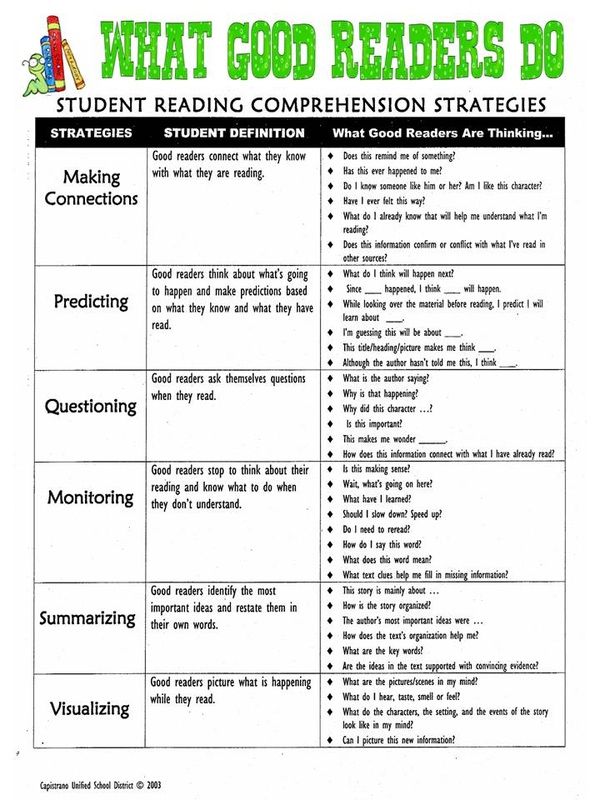 Among the features — videos between tasks are similar for real films.
Among the features — videos between tasks are similar for real films.
Sid Meier’s Civilization VI
View product
Release date: 2016
Platform: PC
The sixth part of the cult Civilization strategy series. Player starts from a small settlement he chose at the very beginning of the nation. First he founds one city, then another, and so on. The task is to develop your civilization, not only capturing a sufficient number of cells, but also developing trade relations, studying new technologies and having passed the path of war or diplomacy. Every few dozen moves, the era will change. Player begins with events before our era, but then comes to the modern world. Sometimes comical situations arise when one player brings in tanks, and the second one is still using the army with muskets and horses.
XCOM: Enemy Unknown
View product
Release date: 2012
Platform: PC
A turn-based strategy game with an emphasis on combat.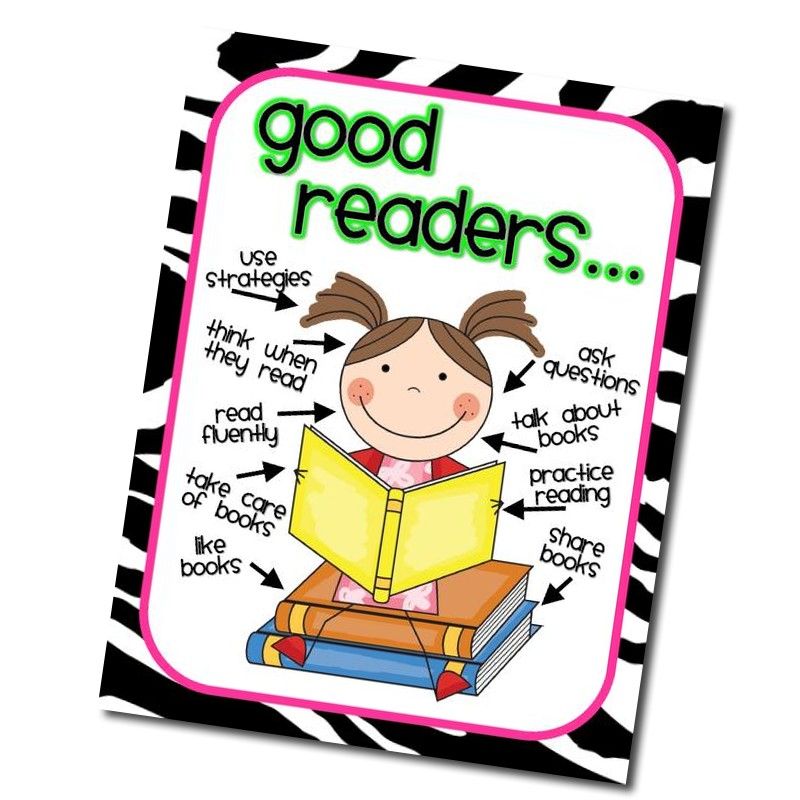 The game tells about the conflict of people with an alien race that is extremely hostile towards to earthlings. The player goes on combat missions, where he first explores the territory, and when in a collision with an enemy, it switches to a turn-based mode. You can occupy fortifications, shoot on enemies and perform other combat missions.
The game tells about the conflict of people with an alien race that is extremely hostile towards to earthlings. The player goes on combat missions, where he first explores the territory, and when in a collision with an enemy, it switches to a turn-based mode. You can occupy fortifications, shoot on enemies and perform other combat missions.
In between battles, you need to equip your base with new premises that will allow you to explore alien combat techniques, improve weapons and help in combat. One of the features is the ability to complete the game with the same unit, provided that no one won't die. Soldiers develop, get new ranks and become better, and the player growing affection for them.
XCOM: Enemy Within
View product
Release date: 2013
Platform: PC
If you liked the original Enemy Unknown that we described earlier, then you can get acquainted with the supplemented edition of the game.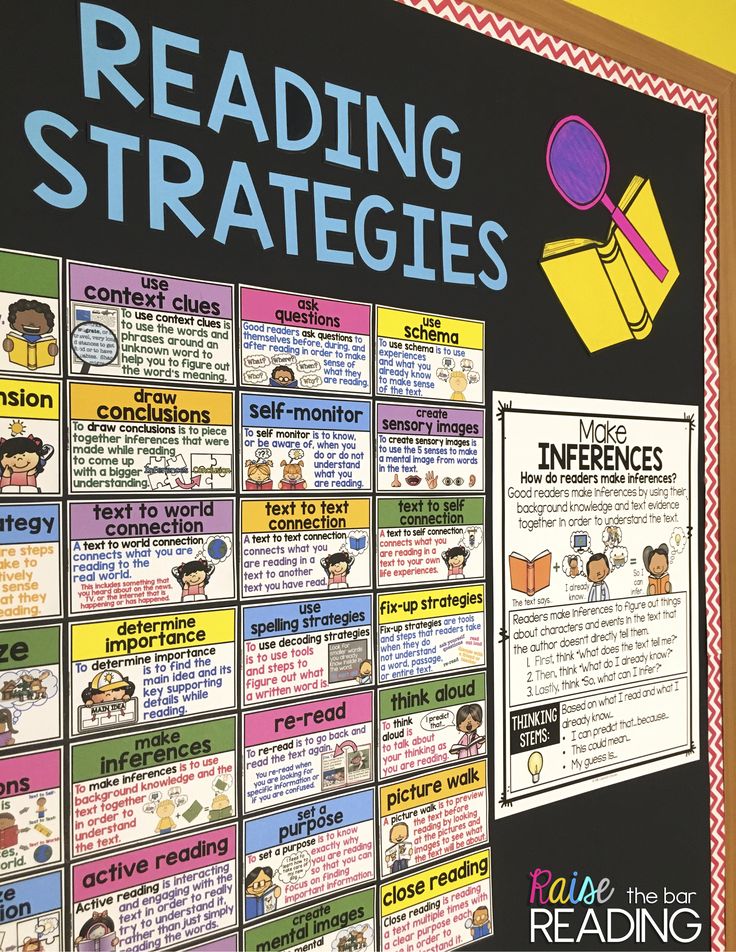
Total War: Shogun 2
View product
Release date: 2011
Platform: PC
Another Total War game in our collection. The gameplay remains the same - there is a tactical map on which the player controls individual cities and provinces, passing laws on taxes or engaging in diplomacy. In especially tense moments, without which the games of the Total War series cannot do, the player goes into a strategic part and leads the army. Shogun 2 takes place during the feudal fragmentation of Japan in the 16th century.
Heroes of Might and Magic V
View product
Release date: 2006
Platform: PC
Almost like Heroes 3, but now in 3D. The battlefield, for example, twist, virtual models of the army became voluminous, and so on. The essence has not changed - choose one of the castles, for example, glorious people or no less glorious bony necromancers, and run around the map, collecting various resources, rebuilding our possessions and fighting with opponents.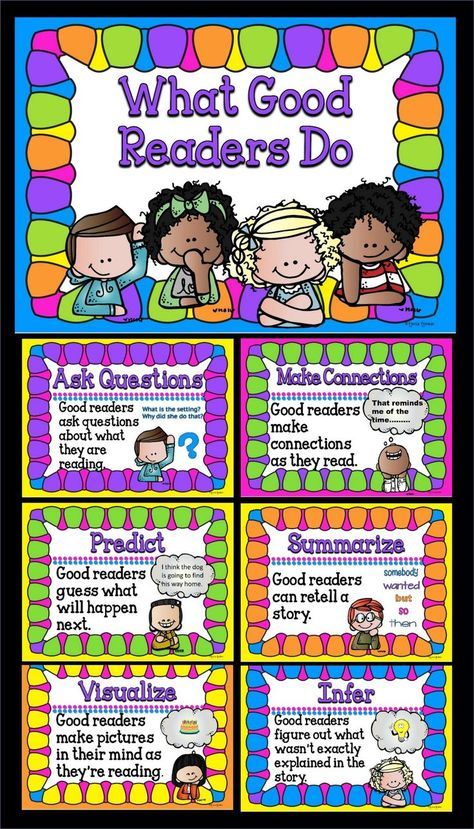
Stellaris
View product
Release date: 2016
Platform: PC
A giant space strategy in all respects. Players are waiting for endless space, many amazing races and a large number of at first incomprehensible, and then vital screens with information about the galactic empire and its status. Unlike from many other strategies, here you need to conquer not a miserable piece of land, but entire planets, which are then united into powerful civilizations. buildings, diplomacy, war - everything is available in this game.
XCOM classic parts
View product
Release date: 2008
Platform: PC
tactical strategies in the history of video games. Collection of classic parts, which includes: X-COM: Apocalypse, X-COM: Enforcer, X-COM: Interceptor, X-COM: Terror From the Deep, and X-COM: UFO Defense.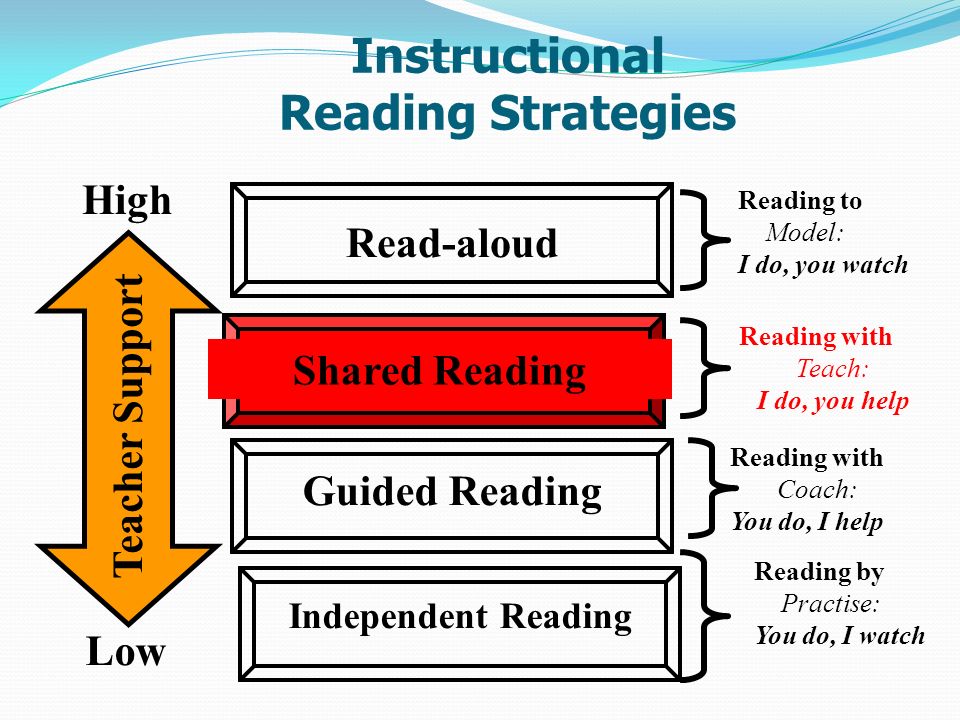 Thanks to the collection, you will have the opportunity to plunge into the golden years of PC gaming, when people worried less about the graphics and more about the gameplay, its meaning, complexity and interestingness. A real classic!
Thanks to the collection, you will have the opportunity to plunge into the golden years of PC gaming, when people worried less about the graphics and more about the gameplay, its meaning, complexity and interestingness. A real classic!
The gameplay is reminiscent of modern parts: you need to control a squad of soldiers, kill aliens in various premises and rebuild the base.
Anno 1404 Gold Edition
View product
Release date: 2009
Platform: PC
An economic strategy in which the player takes on the role of ruler European settlement. It needs to be put in order - to rebuild important buildings, for example, farms, mills, barns, sawmills, seaports, markets and so on. The task is to make prosperous settlement. To do this, you need to establish trade relations with other regions.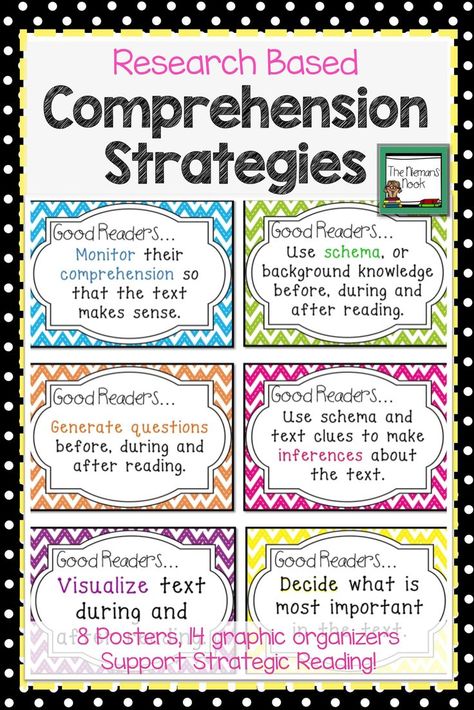 and solve complex economic problems.
and solve complex economic problems.
Banner Saga Trilogy
View product
Release date: 2018
Platform: PC
Amazing adventure in a fantasy kingdom inspired by Scandinavian mythology. The ancient gods have died, the world is gradually rolling into darkness. The main character starts your journey through the cursed lands, collecting more and more satellites. His caravan meets on your way friends, enemies and monsters that you need to defeat. The battles take place in tactical step by step mode.
A feature is a very dramatic plot, in which each choice of the player has its own effects. For example, you can shelter a person who will then betray and seriously spoil your travel. But there may be those who will help you if you were noble and friendly.
Also worth noting is the incredible visual style.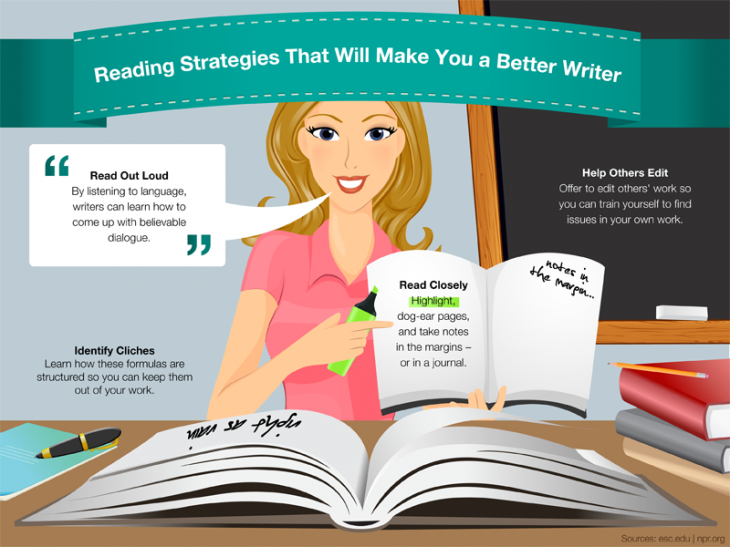 Banner Saga looks like a 2D cartoon come to life.
Banner Saga looks like a 2D cartoon come to life.
Frostpunk
View product
Release date: 2018
Platform: PC
Survival strategy. Players will take on the role of a manager human settlements, which is doing everything necessary to survive in a world of climate change. Around Severe frosts reign - people must find a place to live, where it will be warm, get their own food and create amazing charcoal machines to evolve. In addition, people have conflicts that a good manager should be able to resolve.
Tropico 6
View product
Release date: 2019
Platform: PC
An economic strategy in which players take on the role of El Presidente. The action takes place in a country similar to Cuba, and El Presidente loves to capture other people's wonders of the world to make their small homeland more beautiful.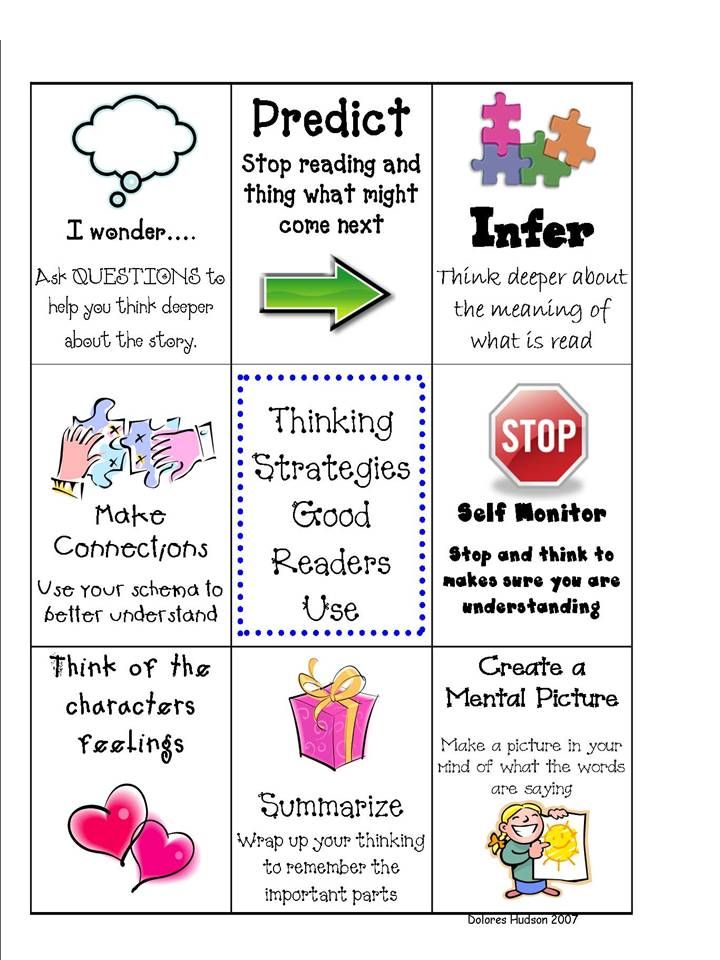
There is no need to fight with anyone - rebuild the city, solve economic issues, related to product prices and taxes, and do everything to ensure that the country flourished.
Disciples II Gold
View product
Release date: 2005
Platform: PC
Another golden classic of the gaming industry. The gameplay is kind of like "Heroes". The action takes place in the fictional fantasy world of Nevendaar, where four races constantly fighting with each other. As part of the story campaign, the player will explore the conflicts of the side and will be able to understand what exactly the various kingdoms did not divide.
The game is turn-based - each player roams the map, fights, upgrades heroes and buildings, and then transfers the move to the next participant in the actions under the control of artificial intelligence.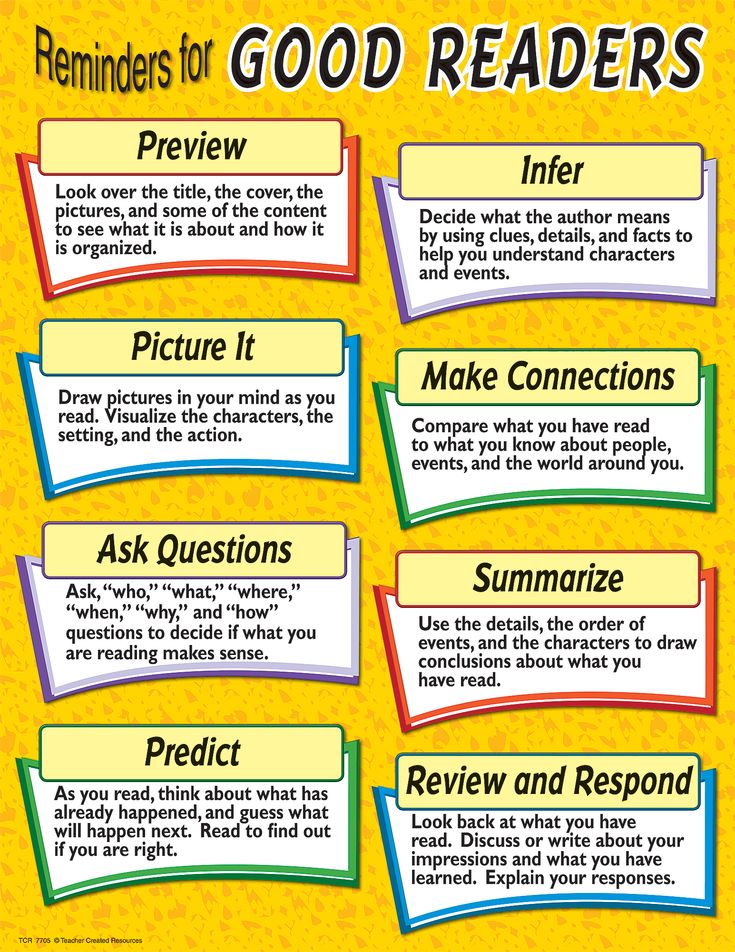
XCOM 2
View product
Release date: 2016
Platform: PC
Turn-based strategy game about fighting aliens. Very similar to XCOM: Enemy Unknown, which we talked about earlier, since this is its continuation. The difference is a new resource management system (artifacts have been added), as well as locations generated automatically. This means that each time players are waiting for a new, unique battlefield.
Europa Universalis IV: Collection
View product
Release date: 2013
Platform: PC
One of the most complex yet smart strategies on the market. The player can take governing any European state that has been on the map since 1444. Together with him, developing, establishing trade and diplomatic relations, as well as conducting military action, the gamer will meet the year 1821. It seems that four centuries is not enough and a game will end quickly, but don't rush. It takes a lot of time for each move, because the game has an incredible number of mechanics, dialogues with politicians, and so on.
It seems that four centuries is not enough and a game will end quickly, but don't rush. It takes a lot of time for each move, because the game has an incredible number of mechanics, dialogues with politicians, and so on.
Consoles
Fire Emblem: Three Houses
View Item
Release Date: 2019
Platform: Switch
A game that is more easily classified as a tactical RPG than a strategy game. Events take place on the Fodlan continent. It is divided by three superpowers that exist in the world. Common to them is the monastery of Kapper Max, where the church leadership is located. Player reincarnate as Byleth, a former mercenary who becomes a professor at the academy, takes into a team of youths and goes through a series of fierce battles.
The gameplay is a mixture of tactical turn-based battles and social simulation (you need to choose answer options in dialogues, build relationships with people, and so on).
Mario + Rabbids Kingdom Battle
View product
Release date: 2017
Platform: Switch
Adventure game with elements of tactical battles. Combines two game universes - the notorious Mario, everyone's favorite plumber, as well as Rabbids, slightly crazy rabbits, invented by the French Ubisoft. Players must travel through the Mushroom Kingdom and engage in turn-based battles with opponents.
Pikmin 3 Deluxe
View product
Release date: 2020
Platform: Switch
Adventure arcade game with strategy elements. The player controls funny creatures, which can unite into a small army of up to 100 creatures. Running on the map, gamers must explore the world and fight with opponents. The nuance is that there are pikmins in the squad different colors, which are able to solve certain problems.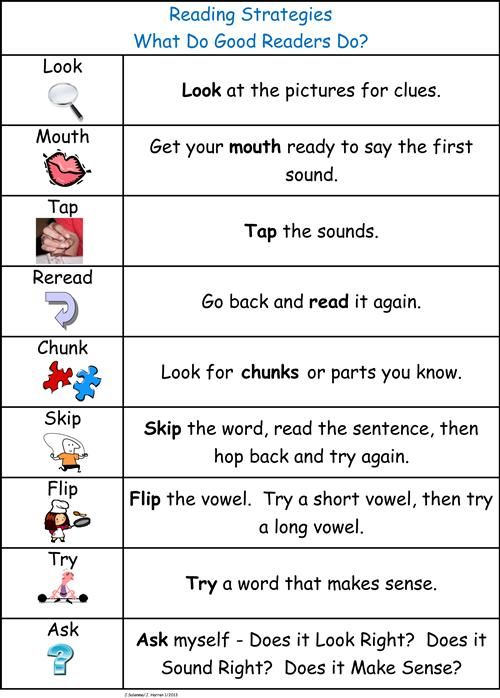 For example, some only hit air enemies, the latter can destroy objects, and so on. This is the element of strategy.
For example, some only hit air enemies, the latter can destroy objects, and so on. This is the element of strategy.
Halo Wars 2
View product
Release date: 2017
Platform: Xbox
Real-time strategy game based on the popular and well-known Xbox franchise Halo. The player manages an army, seizes resources, rebuilds military buildings and wages war.
The game features an interesting storyline woven into the Halo universe, incredible cinematics, which were created by masters of special effects in cinema - Blur.
Two Point Hospital
View product
Release date: 2018
Platform: PS4
gray-haired gamers remember perfectly. Two Point Hospital is its modern incarnation.
The player becomes the manager of a hospital that receives patients with strange complaints.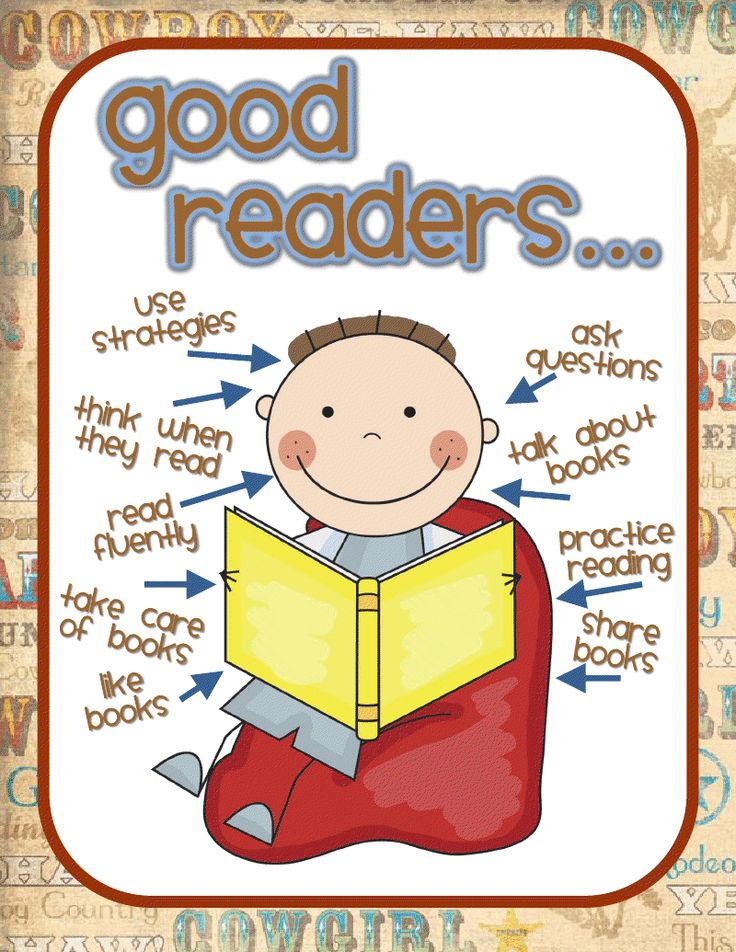 Either their head will swell, or they will learn to fly, or something else funny, but something that threatens health will happen to them. The gamer builds a hospital, adds new premises, doctors and treats the sick, periodically laughing at how they look.
Either their head will swell, or they will learn to fly, or something else funny, but something that threatens health will happen to them. The gamer builds a hospital, adds new premises, doctors and treats the sick, periodically laughing at how they look.
Gears Tactics
View product
Release date: 2020
Platform: PS4 in the Gears of War universe. Very similar to XCOM in its style. Player controls detachment of fighters and fights with superior enemy forces. The action takes place in the world where there are all sorts of fantastic creatures that would be better off living nowhere. Therefore, people have to fight them.
The gamer will hire soldiers, dive into cover and hope that all the fighters survive until the end of the mission.
As you can see - Eldorado has a rich selection of strategies.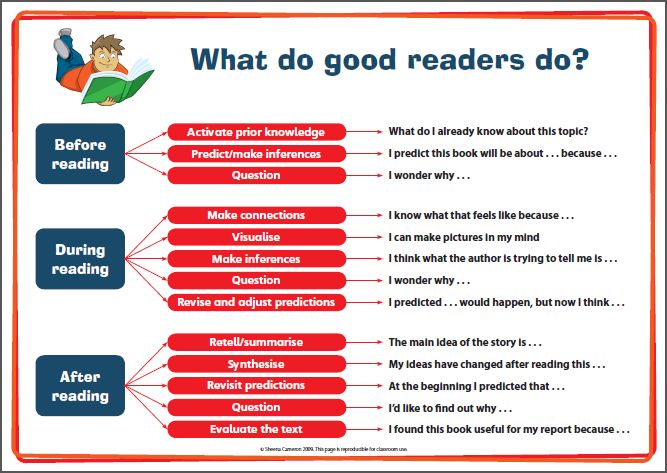

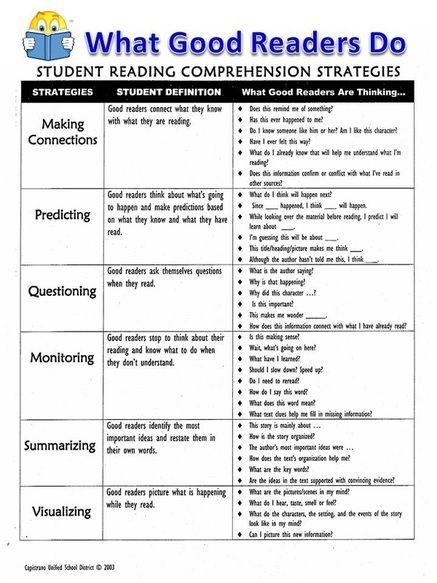 Focuses on fluency and phonics with additional support for vocabulary.
Focuses on fluency and phonics with additional support for vocabulary.